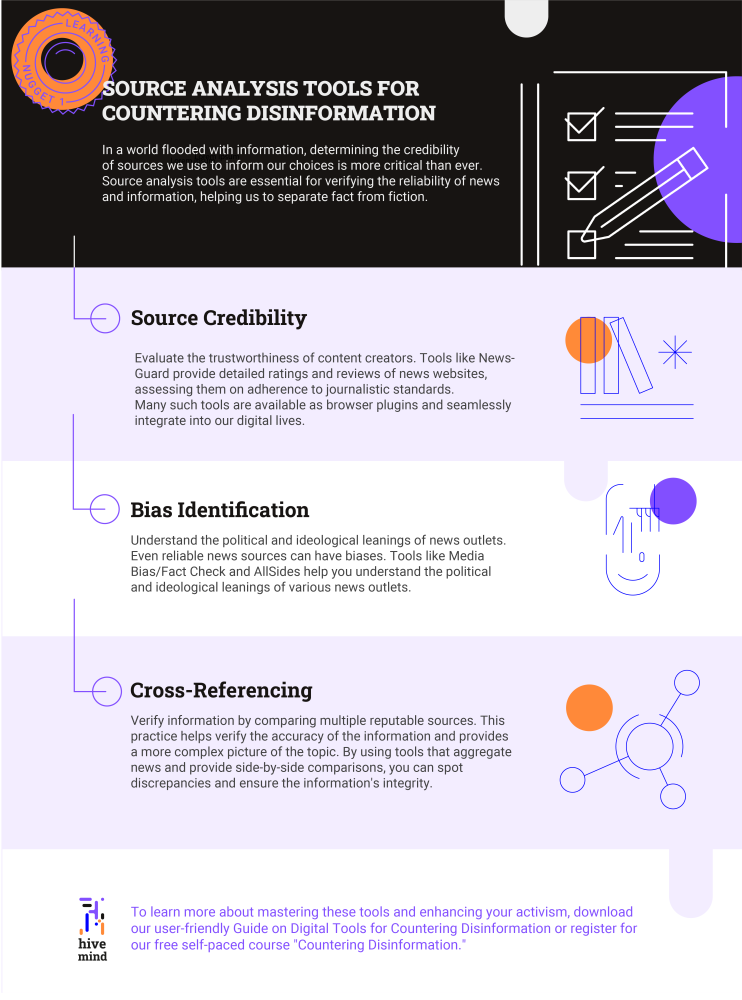Every day, we're bombarded with news and information from countless sources. Some of it is accurate and reliable, but much of it is misleading or biased. To navigate safely in this sea of information, we need robust tools that help us determine which sources we can trust. Source analysis tools enable us to verify the credibility of content creators and the reliability of their information.
Evaluating Source Credibility
One of the first steps in verifying information is evaluating the credibility of its source. Tools like NewsGuard provide detailed ratings and reviews of news websites, assessing them on adherence to journalistic standards such as transparency, reliability, and accountability. By using these tools, you can quickly determine whether a source is trustworthy or not. Many such tools are available as browser plugins and seamlessly integrate into our digital lives.
How to Identify Bias?
Even reliable news sources can have biases. Tools like Media Bias/Fact Check and AllSides help you understand the political and ideological leanings of various news outlets. By comparing coverage from sources across the spectrum, you can get a more balanced view of the news and make informed decisions about the information you consume and share.
Cross-Referencing Information
Another critical aspect of source analysis is cross-referencing information with multiple reputable sources. This practice helps verify the accuracy of the information and provides a more complex picture of the topic. By using tools that aggregate news and provide side-by-side comparisons, you can spot discrepancies and ensure the information's integrity.
The Power of the Tools!
Source analysis tools are indispensable in the fight against disinformation. They empower us to evaluate the credibility of information sources, identify biases, and cross-reference facts to ensure we are getting accurate and reliable information. For anyone committed to upholding the truth in the digital age, mastering these tools is essential.
